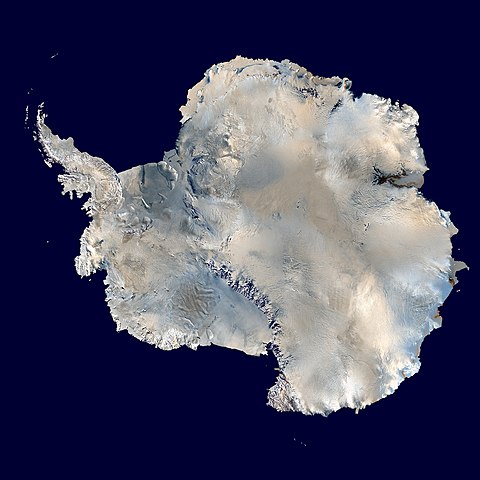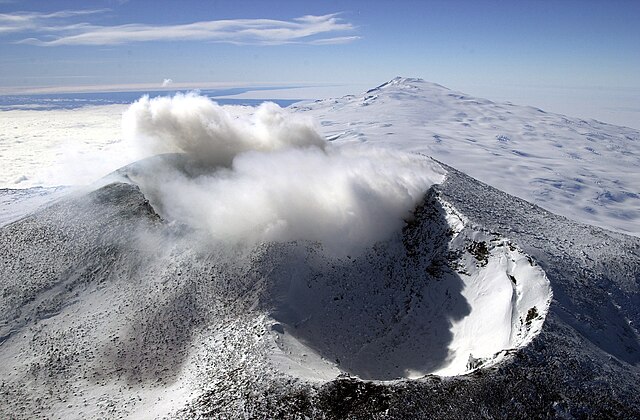We just learned how to
Count to ten in Russian.
The Russian alphabet looks kind of like the English one, but there are some new letters and many that sound different.
Аа - sounds like the "a" in father
Бб - sounds like the "b" in bad
Вв - sounds like "v" in vine
Гг - sounds like the "g" in go
Дд - sounds like the "d" in do
Ее - sounds like the "ye" in yes
Ёё - sounds like the "yo" in your
Жж - sounds like the "s" in pleasure
Зз - sounds like the "z" in zoo
Ии - sounds like the "i" in police
Йй - sounds like the "y" in toy
Кк - sounds like the "k" in kept
Лл - sounds like the "l" in lamp
Мм - sounds like the "m" in map
Нн - sounds like the "n" in not
Оо - sounds like the "o" in more
Пп - sounds like the "p" in pet
Рр - sounds like the "r" when it is rolled, the same as the Spanish r
Сс - sounds like the "s" set
Тт - sounds like the "t" in top
Уу - sounds like the "oo" in tool
Фф - sounds like the "f" in face
Хх - sounds like the "ch" in loch, but with more air coming through, almost like a cat hissing
Цц - sounds like the "ts" in sits
Чч - sounds like the "ch" in chat
Шш - sounds like the "sh" in sharp
Щщ - sounds like the "sh" in sharp, and sometimes like "shch" in pushchair
Ыы - sounds like the "i" in hit
Ээ - sounds like the "e" in met
Юю - sounds like the "u" in use
Яя - sounds like the "ya" in yard
The last two letters are strange, because they don't have a sound but they change the way other letters sound when they are in a word.
Ъъ is called the "hard sign", and Ьь is called the "soft sign"
Sometimes when two letters are next to each other they make a different sound.
Just like in English, s and h sound different when they are put together like sh.
In Russian the word "объять" means "hug", and it is pronounced "ah-be-yeh-t"
The letter Ъ makes sure the "yeh" sound comes through.
Without that letter it would be "обять" sound like "ah-bee-t" because of the way that the letters "бя" go together.
The letter Ьь is a little different and is used sometimes to make something plural няня or нянъ.
It is supposed to make the letter "softer" in the word, but a lot of times it is really just something you have to remember to spell in a Russian word but you don't usually say it out loud.

(from: wikipedia -
russian academy of sciences)
The Norwegian alphabet:
A, B, C, D, E, F, G, H, I, J, K, L, M, N, O, P, Q, R, S, T, U, V, W, X, Y, Z, Æ, Ø, Å
The Greek alphabet:
Α, Β, Γ, Δ, Ε, Ζ, Η, Θ, Ι, Κ, Λ, Μ, Ν, Ξ, Ο, Π, Ρ, Σ, Τ, Υ, Φ, Χ, Ψ, Ω
ASL alphabet:
A, B, C, D, E, F, G, H, I, J, K, L, M, N, O, P, Q, R, S, T, U, V, W, X, Y, Z
The
Italian alphabet looks the same as the English alphabet.
The German alphabet
has the letters ä, ö, ü, ß
The Spanish alphabet:
A, B, C, D, E, F, G
H, I, J, K, L, LL, M, N, Ñ
O, P, Q, R, RR, S, T, U
V, W, X, Y, Z
The French alphabet:
A, B, C, D, E, F, G
H, I, J, K, L, M, N
O, P, Q, R, S, T, U
V, W, X, Y, Z




























